A new set of tires gives drivers a better driving experience due to the traction, responsiveness, and overall sense of safety that the new tires bring. However, new tires sometimes wear out faster than they should. What causes them to do so? We've gathered some helpful information and tips for you.
The most common causes of premature tire wear are as follows:
- Inappropriate tire type
- Low tire quality
- Improper wheel alignment
- Incorrect tire pressure
- Worn-out suspension parts
- Faulty brakes
- Lack of tire rotation
- Heavy loads
- Driving habits
Read on, and we will tell you more about these common causes of tire wear. We will also discuss some healthy tips on how to take care of your tires.
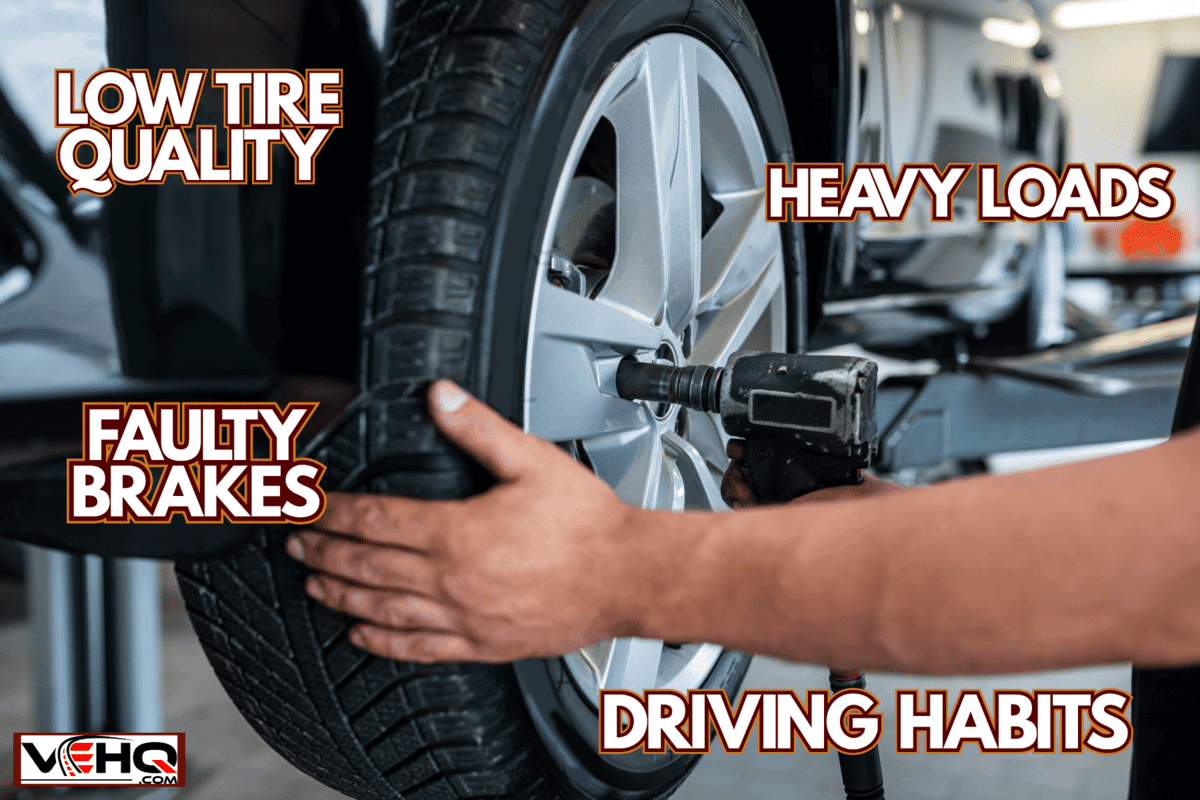
What Would Cause New Tires To Wear Quickly?
The tire tread is the outer part of the tire that makes contact with the road or terrain. Consequently, a tire's lifespan depends on how quickly its tire tread wears out.
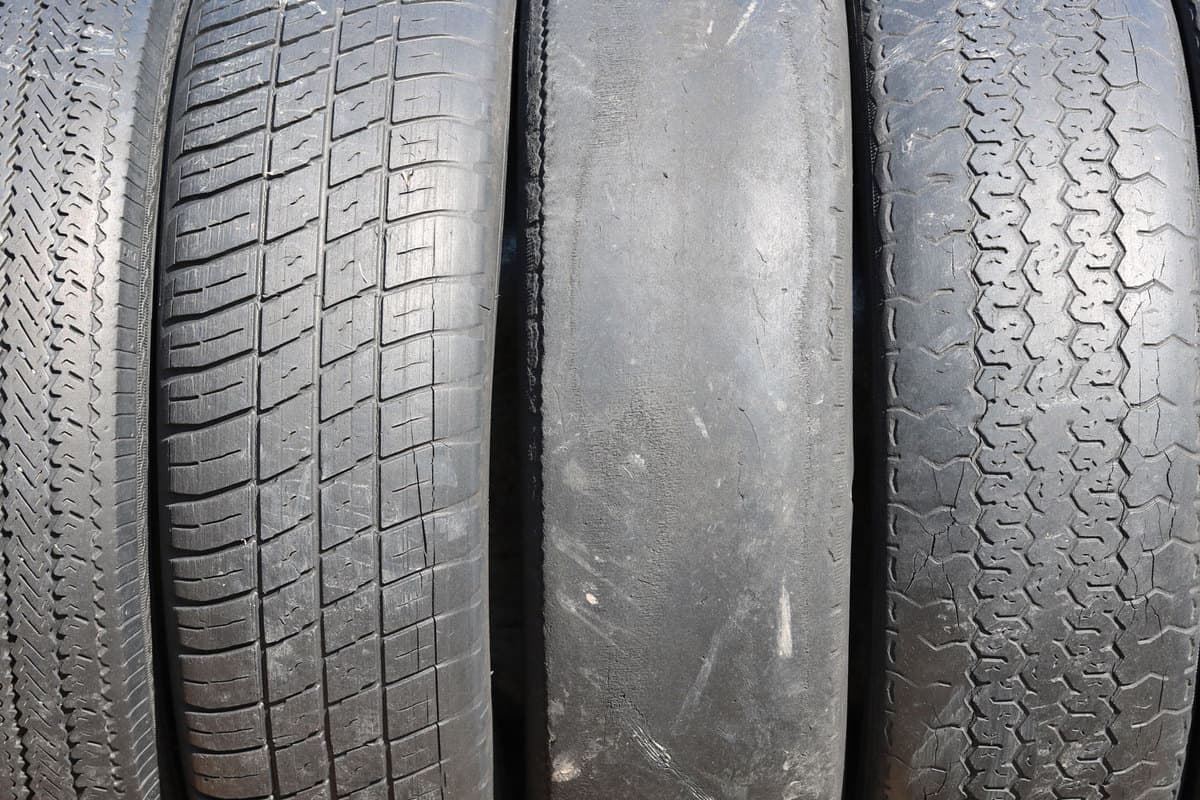
Many factors can affect tread life, and here are the most common ones.
Inappropriate Tire Type
The different types of vehicles, terrain, climates, and driving applications required tire manufacturers to design several types of tires. With this premise, there is no universal tire type that can produce the best results for all car owners.
There are many types of tires in the market, but for this article's purpose, we will only enumerate some of the most common ones.
- All-season Tires
- Summer Tires
- Winter Tires
- Performance Tires
- All-Terrain Tires
- Mud-Terrain Tires
- Temporary tires
All of these tires have been designed by their manufacturers with specific driving situations in consideration.
For instance, summer tires use rubber compounds and tread designs that provide good handling in warmer conditions. In contrast, winter tires use more flexible rubber materials to provide more traction on snow and ice-covered roads.
Using the incorrect type of tire during a particular season or extended drives through a particular terrain can wear out the tires fast.
Low Tire Quality
Buying a new set of tires is one of the most important yet least expensive improvements you can make to your vehicle. Not all tires - even of the same type - are made equally. If you are on a tight budget, you will need to be very careful in choosing your new tires.
Well-established tire manufacturers invest considerable time and resources to research and produce high-quality tires. From the rubber compound they use up to the specific tread design that they employ, these tire brands keep the customers' long-term safety and satisfaction in mind.
Hardly-known manufacturers may not have the same priorities in mind. By using inferior components or by haphazardly imitating tire tread designs, some of these manufacturers produce cheaper tires just to enter the market and turn a profit.
With substandard materials and haphazardly-copied designs, cheap tires often wear out much faster than well-known premium tires of the same type.
Improper Wheel Alignment
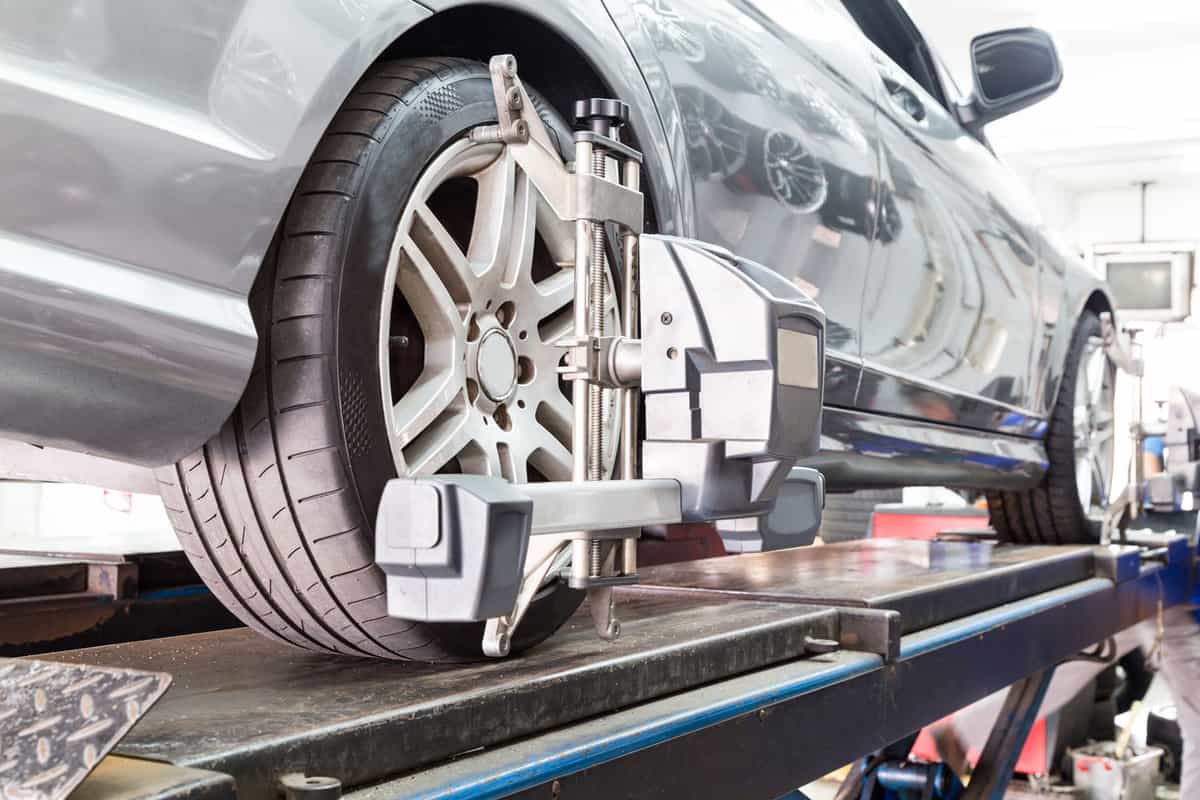
Incorrect wheel alignment is one of the most common reasons for significantly uneven tire wear. The wheel alignment process involves the adjustment of the wheels' angles to make them parallel to one another and perpendicular to the ground.
When a wheel is not aligned properly, the tire mounted on it will make contact with the ground at an uneven angle. This uneven angle causes more friction and stress to the tire's contact patch, and thus it will lead to faster and uneven tire wear.
Your favorite auto service center can check and correct your car's wheel alignment. However, if you have the right tools and experience, you can also do it in your own garage.
Check out this affordable and best-selling wheel alignment tool on Amazon.
Incorrect Tire Pressure
Many drivers often neglect their tire pressure as long as they see that the tires are not flat. However, improper air pressure will cause uneven wear as it will affect the size and position of the tires' contact patches.
Under-inflated tires will have larger contact patches than normal. These tires will often wear down faster on the outside edges of the tread near the tire walls.
On the other hand, over-inflated tires will have smaller contact patches and will wear down faster down the middle of the tread.
Passenger cars commonly need 30 psi to 35 psi in the tires when they’re cold. Manufacturers do not recommend overinflating tires beyond this "cold" reading because temperature and pressure rise as tires roll on the road.
You can find your car's recommended tire pressure in your vehicle's manual and often on the sticker on the driver's door sill.
While most modern cars come equipped with a tire pressure monitoring system (TPMS), the driver will receive a warning only when the tire pressure is already 25% below the recommended pressure. A manual tire pressure gauge is still a much better tool to monitor optimal tire inflation.
Check out this best-selling digital tire pressure gauge on Amazon!
Worn-Out Or Faulty Suspension
One purpose of a vehicle's suspension system is to absorb the impacts caused by bumps or potholes on the ground. By doing this, the suspension helps to keep the tires planted on the road for better vehicle handling and control.
When a car drives with a worn-out or faulty suspension, the tires absorb more impact and stress from the road irregularities. In these conditions, the tires will wear out more quickly than they should.
Moreover, faulty suspension system components like struts, bushings, and springs can cause misalignment of the wheels. This combination will wear the tires out even faster.
Worn-Out Or Faulty Brakes
Worn-out or faulty brakes can cause uneven braking power among the tires of a car. For instance, if the front right brake pads are faulty or more worn down, then the left tire may experience more stress and friction in order to stop the car's movement.
Worn-out brakes can also cause a driver to misjudge the amount of pressure they need to apply to the brake pedal. If a driver repeatedly steps on the brake pedal too hard to compensate for worn-out brakes, then the tires may skid more often.
In both situations, driving with bad brakes can lead to faster wearing down of the tire tread.
Lack Of Tire Rotation
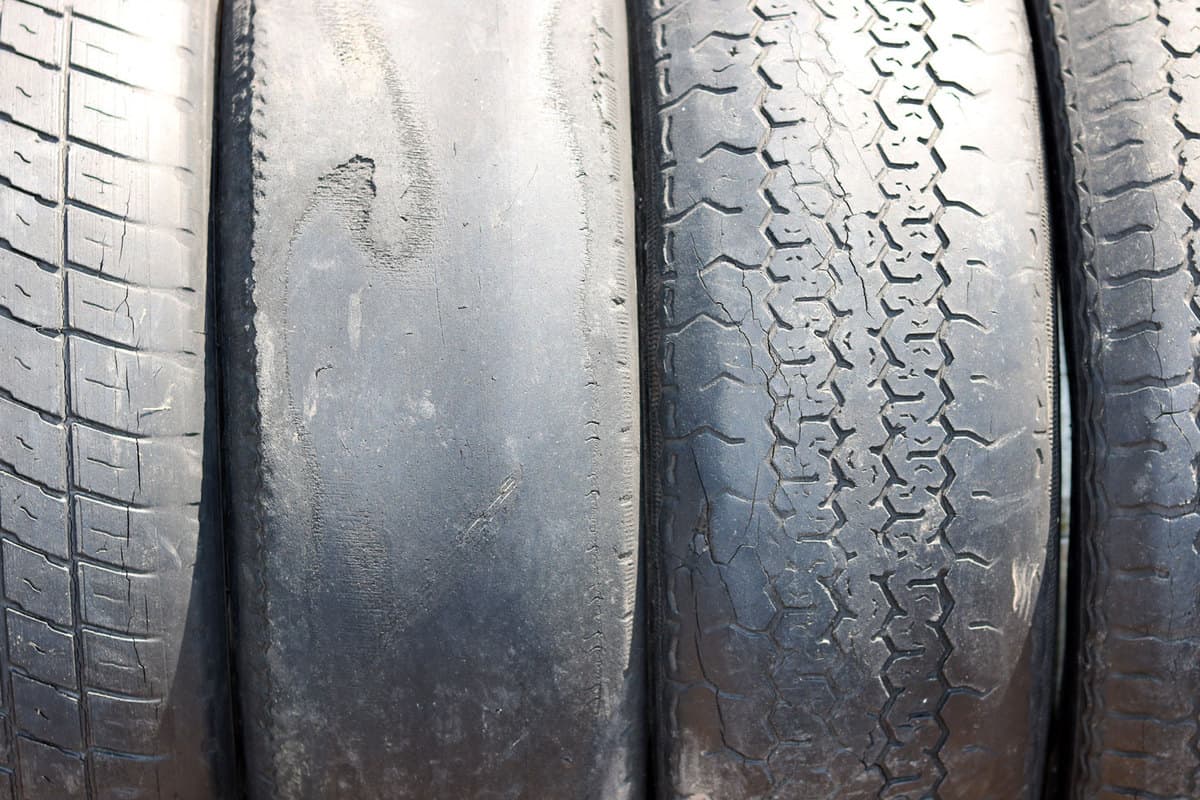
Many car owners often neglect tire rotation during their maintenance schedules. However, they do not realize that regular tire rotation increases the lifespan of their tires as well as the safety of the car's passengers.
A car's tires will not wear down at the same rate.
The front tires or the rear tires will wear out faster if the car has a front-wheel-drive or a rear-wheel-drive, respectively. Additionally, a car's front right tire will wear out faster than the left tire if your regular driving route requires you to make more left turns.
By rotating tires, a car owner equalizes the amount of wear that the tires receive during their use. Without regular tire rotation, for instance, a car's front tires may become completely worn down and unusable while the rear tires of the same set are still good for a year or two more.
Heavy Loads
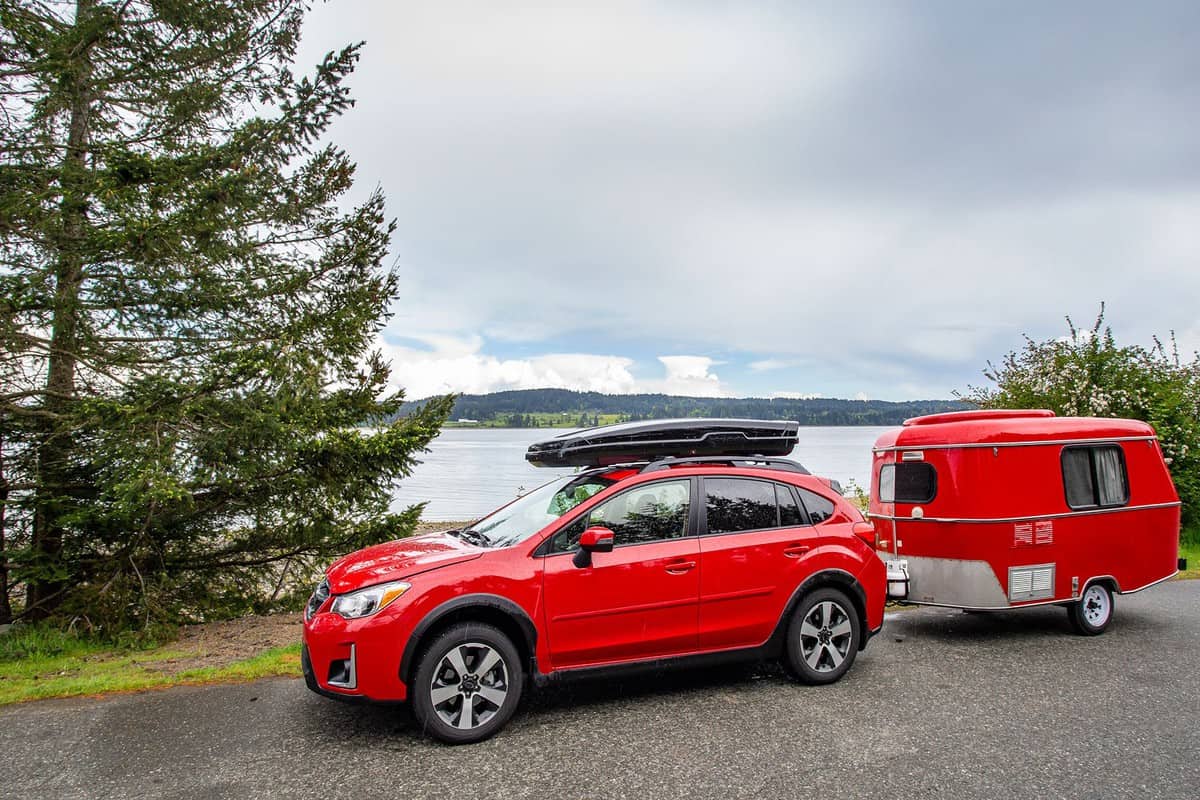
The stress that tires experience is directly proportional to the load that they carry. As the load that the tires carry increases:
- The stress and pressure on the tire walls also increase
- The tires experience more strain against the ground during acceleration and braking
- The suspension system's capacity to absorb bumps will decrease
If you are regularly hauling heavy items in your car (e.g. for delivery) or towing a trailer, you can expect your tires to wear faster. Try to drive light. If you need to tow a trailer, then use the appropriate vehicle with enough towing capacity and high-quality tires.
Driving Habits
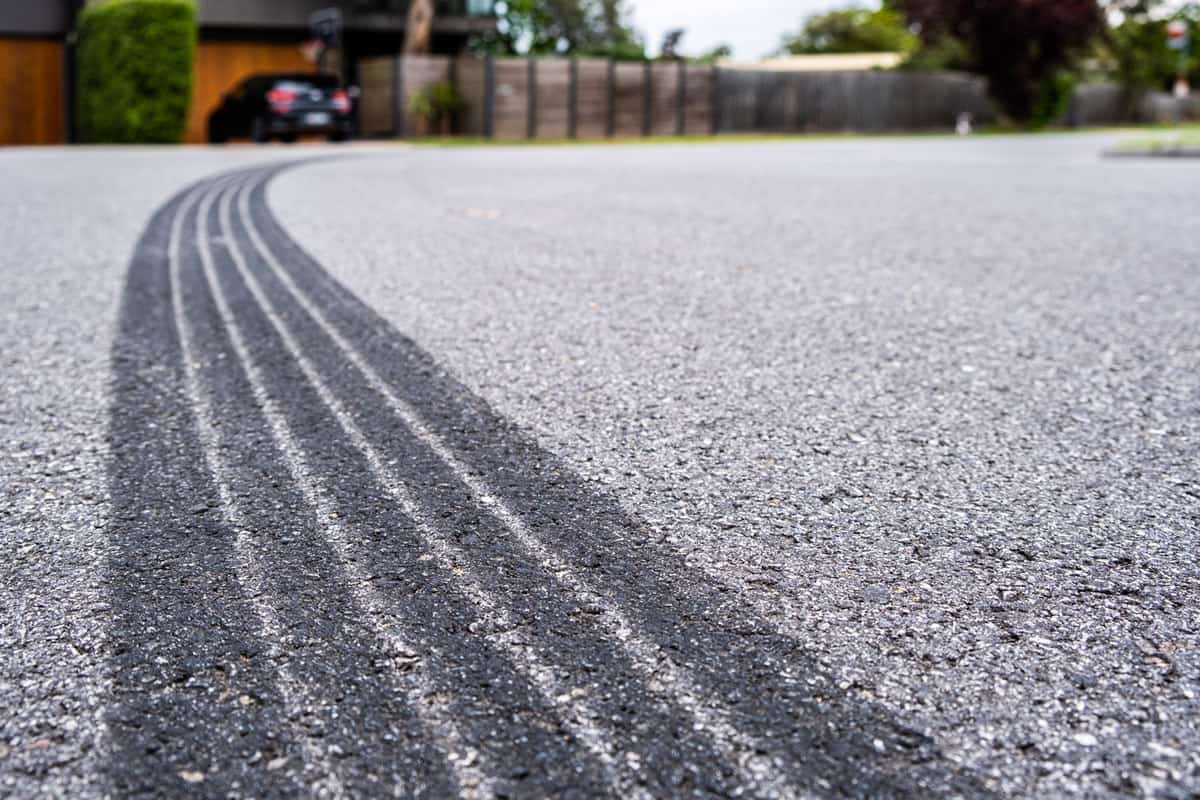
Last but certainly not the least on our list is the car owner's driving habits. Below are some bad driving habits that you can avoid if you want to prolong your tires' lifespans.
- Excessive speeding - High speeds increase the temperature, friction, and wear of your tires.
- Hard launching - Aggressive starts or launches with wheel spins punish the tires unnecessarily. If you're not on a proper race track, try to avoid this habit.
- Hard braking - As with hard launching, this habit also forces your tires to work harder than they should.
- Harsh cornering - High-speed cornering, power slides, and four-wheel drifts can shorten tires' lifespans into hours, not years.
- Frequent dry steering - This type of steering involves turning the steering wheel while the vehicle is at a standstill. Because the tires are not rolling, they are scraping against the ground instead.
- Careless cruising - Even with a finely-tuned suspension system, tires will still wear down faster with frequent and harsh impacts against speed bumps, potholes, and rough roads.
How Long Do Tires Last?
A recent study shows that family-car tires and all-season SUV/light truck tires can last for approximately 70,000 miles or more. High-performance tires, however, generally have shorter lifespans than the previous types. Ultra-high performance tire lifespans can drop to only 25,000 to 30,000 miles.
If American drivers travel an average of 14,000 to 15,000 miles in their cars, then the average all-season tire will last for approximately 5 years.
Wrapping Up
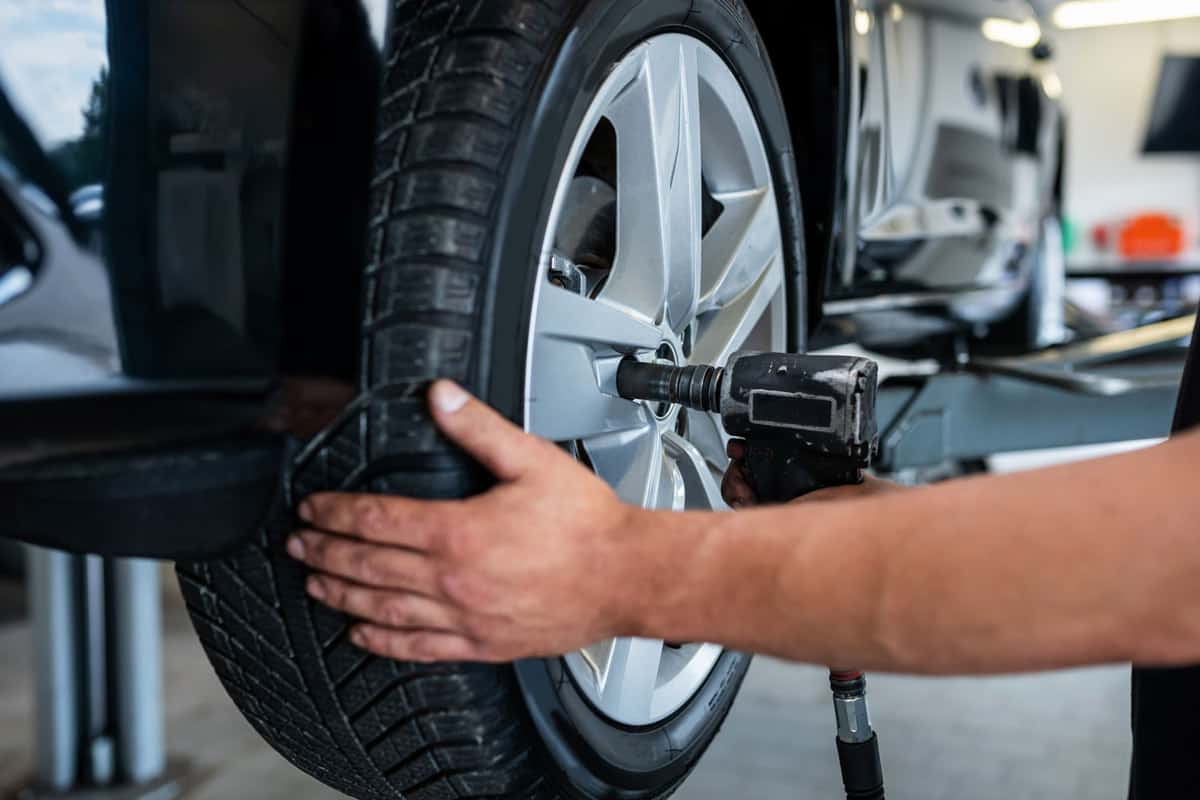
Tire lifespan depends on several factors including tire type, quality, usage, and maintenance. We should choose our tires carefully based on our specific requirements and climates. Moreover, we should observe proper maintenance and driving habits to extend our tires' usable life.


